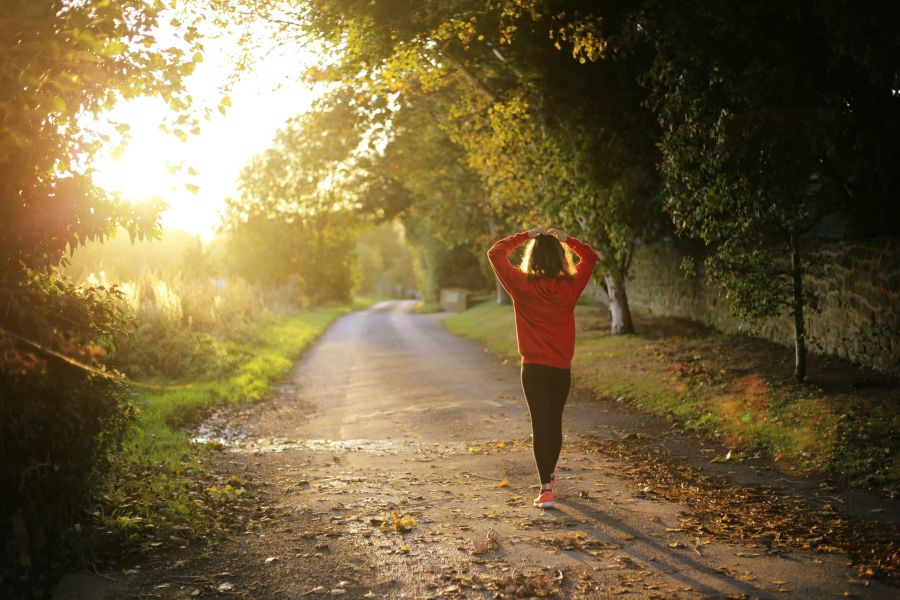A one-year-update: Gali on the timing of exercise in humans

hD candidate Gali Albalak has started over a year ago on her project in WP1.2. It is time for an update on her findings and plans.
It’s about time!
By Gali Albalak
In the first cluster of this consortium (‘Clocks in Society´) there is a work package that aims to uncover the timing of behavioural aspects on circadian health. Together with my promotion team consisting of dr. Raymond Noordam, dr. Diana van Heemst, and professor David van Bodegom, I (Gali Albalak, PhD student) am working around the clock (pun intented) to uncover the effect of timed physical activity on circadian health in the general society.
I think it’s save to say that everyone knows the importance of physical activity for overall health and disease prevention. Many important guidelines educate us on the appropriate duration, frequency, and intensity of our work-outs to reach or maintain certain health benefits. Yet, as researchers in the field of circadian medicine, we felt that there is something missing in these guidelines: the answer to when we should be active.
For this reason, in 2020 we started our quest with an observational study in which we sought to determine different daily patterns of physical activity (derived from detailed accelerometer data) in a sedentary yet overall healthy group of older adults. Following this, we assessed whether different patterns of physical activity timing were associated with measures of metabolic health. And… We succeeded! Interestingly we found that higher levels of physical activity in the morning were associated with lower glucose and insulin levels and lower insulin resistance. We also found that higher physical activity levels at night were associated with higher BMI, HbA1c and glucose levels (https://pubmed.ncbi.nlm.nih.gov/34782736/). In the next observational study we performed, we found (in a population of nearly 100.000 middle aged to older adults) that morning physical activity was associated with lower risk of coronary artery disease (16%) and stroke (18%) compared to exercise at midday. In addition, from preliminary results, we even have indications that people who are physically active in the evening, have a considerably higher risk for depression compared to midday exercisers. These results fit with the notion that Zeitgebers (i.e. regular cyclic environmental/behavioural signals) such as food intake and physical activity are important cues to calibrate our biological clock. Although these results point in the direction that morning exercise seems to be beneficial for different outcomes, there are still quite some contradictions in this new field of ‘chronoactivity’ (timing of physical activity) research. Not to mention that this type of research on behavioural factors comes with some challenges. For example the threat of confounders clouding our results.
However, these promising results challenge us to dig deeper. And so, our next step is to assess the causality of the association between physical activity timing and health outcomes. Currently, we are setting up a cross-over study to assess the effect of physical activity timing on sleep quality and circadian health in older adults. When everything goes according to plan, we will have the first results next summer. With these upcoming results I hope that, in the near future we can specify current guidelines. And for the meantime, I would advise to prepare yourself and get moving!

The BioClock Consortium is funded by the NWA-ORC programme of the Dutch Research Council (NWO; project number 1292.19.077).